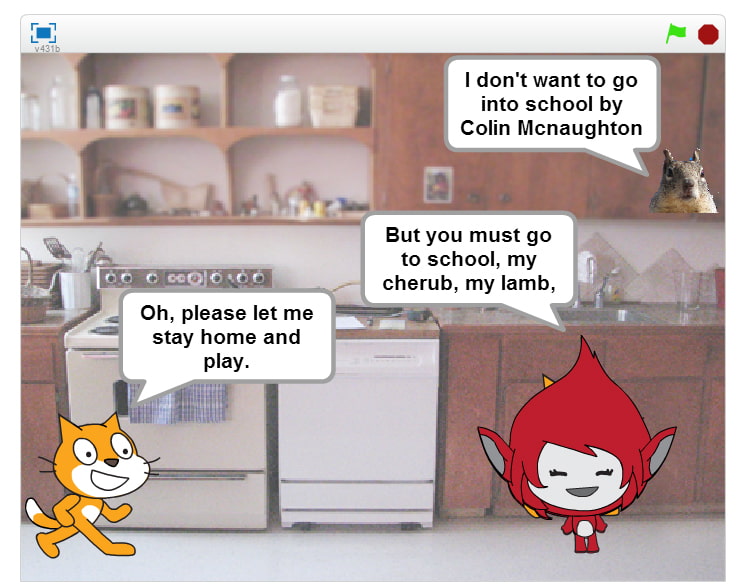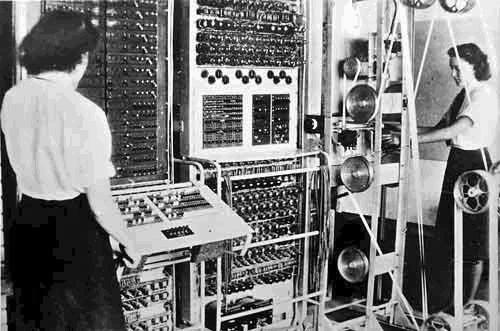What is creating?
Creating is about planning and making things. Some endeavours involve various media each providing an outlet for creative expression. Software and digital media allow scope for creativity and, by mastering software tools and digital devices, we develop confidence, competence and independence which we can use playfully, experimentally and purposefully in the expression of our ideas and insights.
Programming is itself a creative process. We have ideas about what we’d like to make or solve, analyse the problem, design, write and debug the requisite code and evaluate what we’ve created.

An animation of a poem.
Why is creating important?
Computer science isn’t just an academic subject: it’s a practical, applied engineering discipline, creating solutions to real-world problems and providing opportunities across the arts. Since the cracking of wartime codes there’s been an astonishing expansion in the range and complexity of created computer systems: in number-crunching and accounting, telephony, personal computing, human-genome mapping, space shuttles, smart cities, art installations, gaming environments and online spaces. We create programs which solve problems or exploit opportunities. The process of making things is also a powerful means of learning.

The Colossus code-breaking computer, 1943 (public domain, via Wikimedia Commons).
What does creating look like in the curriculum?
Through the programme of study for computing, pupils become skilled at designing and creating high-quality products and content using digital technology, including programming. Creative expression turns passive learners into active learners, and projects with a context meaningful and relevant to pupils are likely to be particularly engaging. The children could work with images, animation, games, virtual environments, music … perhaps even 3D printing. Sharing the results with a wider community engenders a rewarding sense of pride which can be particularly motivating. Encourage the children to critique work, always seeking to improve upon it – common practice in software development. Giving time to progress through the stages of a project fully, exploring its planning, implementation, revision and evaluation, provides good experience for this sort of work elsewhere.


